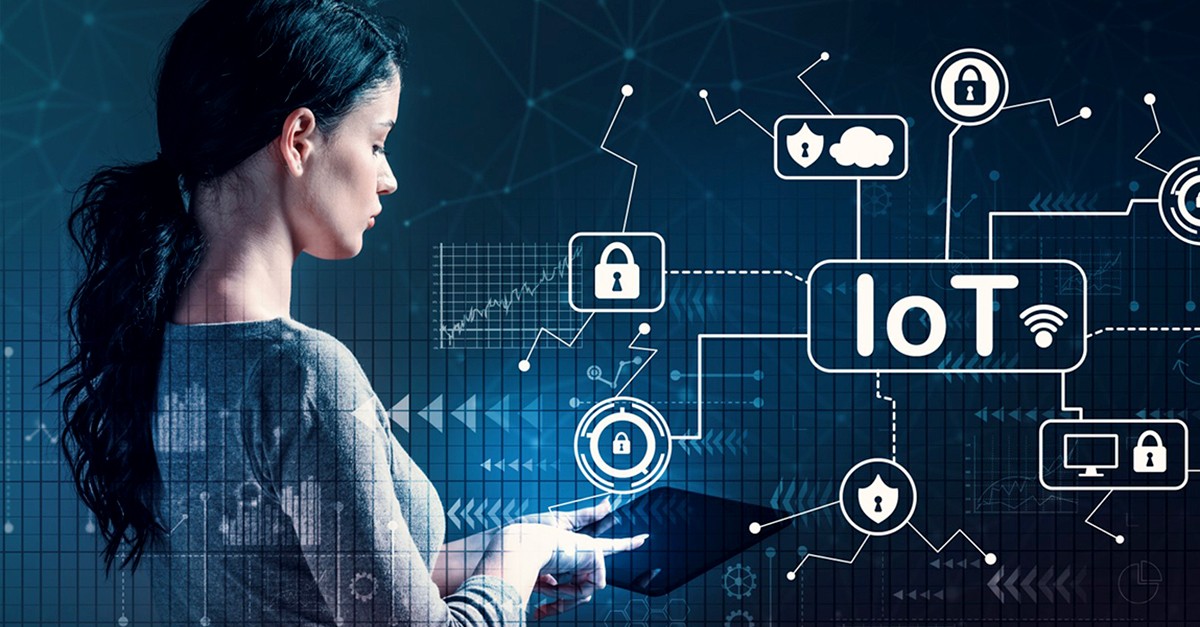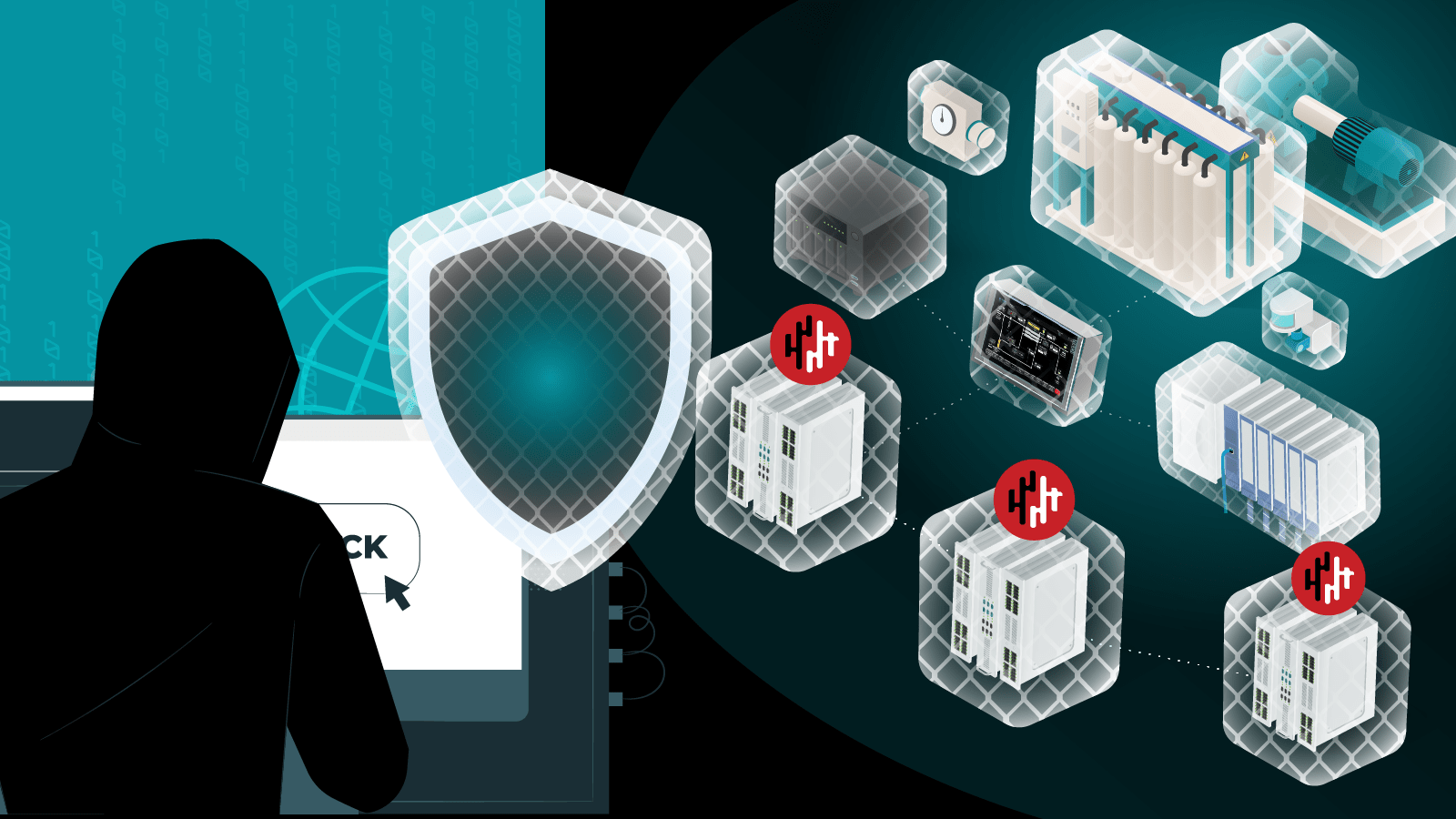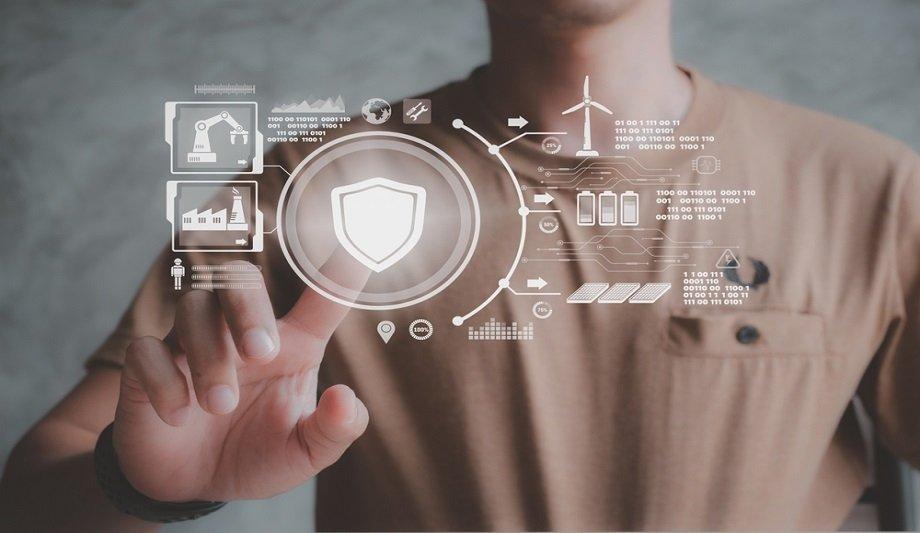As we embrace the era of smart buildings, intertwining cutting-edge technology with everyday facility management, the importance of cybersecurity in this domain has escalated more than ever. Smart buildings, with their interconnected systems and reliance on IoT devices, present unique cybersecurity challenges that must be addressed to protect sensitive data and ensure the safety of building operations.
Creating Vulnerabilities in Building Management Systems
The integration of IoT devices in building management systems — from HVAC controls to security cameras — creates a network of endpoints that can be vulnerable to cyber attacks. These attacks can range from data breaches, compromising the privacy of occupants, to more severe scenarios where hackers gain control of building operations, posing significant safety risks.

Recognizing the Immediate Consequences of Breaches
The first step in enhancing cybersecurity in smart buildings is recognizing the scope of the risk. Unlike traditional IT environments, a breach in a smart building can have immediate physical consequences, such as disabling critical systems or manipulating access controls. Therefore, a robust cybersecurity strategy is essential, one that encompasses not just the protection of data but also the operational integrity of the building.
One of the key strategies is the implementation of strong network security measures. This includes the use of firewalls, intrusion detection systems, and regular security audits. Regular software updates and patch management are crucial in protecting against known vulnerabilities.
Limiting the Impact of Cyber Attacks
Another critical aspect is the segmentation of networks. By creating separate networks for different building functions and systems, facility managers can limit the spread of a cyberattack, ensuring that a breach in one system does not compromise the entire building’s operations.

Building a Human Defense Line
Awareness and training are equally important. Employees and occupants should be educated about potential cybersecurity risks and best practices, such as recognizing phishing attempts and securing their devices. This human element is often the first line of defense against cyber threats.

Ensuring Security Standards Compliance
Moreover, collaboration with technology providers and cybersecurity experts is vital. Facility managers should work closely with these professionals to ensure that the smart technologies implemented in their buildings adhere to the highest security standards.
Conclusion
In conclusion, as smart building technologies continue to evolve and become more integral to facility management, the importance of cybersecurity cannot be overstated. It is a critical component that requires continuous attention and investment. By implementing robust cybersecurity measures, facility managers can not only protect their buildings from digital threats but also ensure a safe and secure environment for their occupants.







